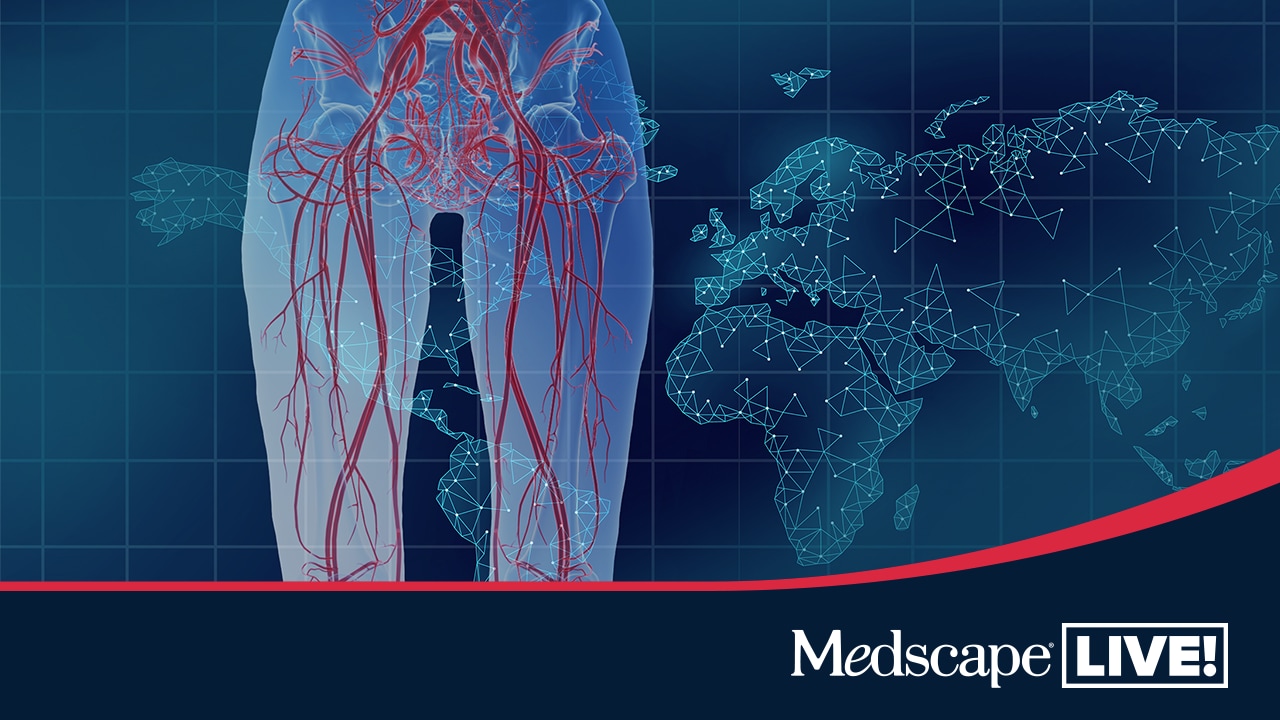Abstract and Introduction
Abstract
Introduction: COVID-19 illness is associated with increased operative risks, ranging from delayed wound healing and coagulopathy to increased risk of mortality.
Objective: This article describes the authors' recent experience of the implications of COVID-19 on limb salvage procedures.
Materials and Methods: Patients who underwent LE limb salvage procedures within 30 days of a positive COVID-19 diagnosis were retrospectively reviewed. Patient demographics, comorbidities, surgical factors, postoperative complications, and management were collected.
Results: Of 597 patients screened from February 2020 to March 2022, a total of 67 (11.2%) were diagnosed with COVID-19, of which 17 received the diagnosis within 30 days of surgery and were thus included. Average follow-up was 43 ± 3.2 months, at which point 6 (35.3%) were fully healed. The mortality rate at the most recent follow-up visit was 29.4% of patients (n = 5). Two patients required admission to the SICU following index procedure, and 1 necessitated a return to the operating room.
Conclusion: COVID-19 may negatively affect the wound healing process while increasing the mortality rate amongst patients with multiple or severe comorbidities undergoing limb salvage procedures. Medical providers need to be aware of the complexity of these patients and apply a multi-disciplinary protocol to obtain successful outcomes.
Introduction
As of February 2022, more than 78 million cases of SARS-CoV-2, the virus that causes COVID-19, have been documented in the United States alone.[1] As the virus has spread globally, considerable evidence has emerged linking COVID-19 with a hypercoagulable, hyperinflammatory state that leads to venous and arterial thromboembolism and dysregulation of wound healing pathways.[2–4] Upregulation of proinflammatory cytokines and subsequent dysregulation of coagulation in COVID-19 infection can lead to PE and deep vein thrombosis,[2,5–7] as well as extrapulmonary thromboses such as acute limb ischemia, large vessel arteriosclerosis obliterans, myocardial infarction, and stroke.[8–12] This same hyperinflammatory state has been associated with poor wound healing and locally elevated proinflammatory cytokines.[13] While COVID-19 is an independent risk factor for surgical mortality, the attributable risk of perioperative death due to infection remains difficult to isolate.[14]
At the authors' limb salvage center, patients with complex LE wounds often require microsurgical reconstruction. Patients typically undergo extensive surgical debridement before, during, and after LE reconstruction and amputation procedures. When patients continue progressing with standard treatment but are not candidates for FTT, the need for eventual amputation is discussed. Patients with chronic LE wounds typically have multiple coexisting medical comorbidities—such as diabetes, hypertension, and PVD—that negatively affect their microvasculature and wound healing. Superimposing the robust inflammation of COVID-19 infection in those with baseline vascular dysfunction poses theoretical additional perioperative risks and alterations in wound healing amongst patients undergoing LE reconstruction surgery. Although surgical guidelines have been proposed for managing patients during the pandemic,[15–18] there is currently a paucity of literature specifically focused on LE reconstructive procedures to guide surgeons in making evidence-based operative decisions. The authors describe their recent experiences with 17 patients who underwent LE limb salvage procedures—including FTT, amputation, and debridement—within 30 days of their COVID-19 positive diagnosis.
Wounds. 2023;35(6):109-116. © 2023 HMP Communications, LLC










